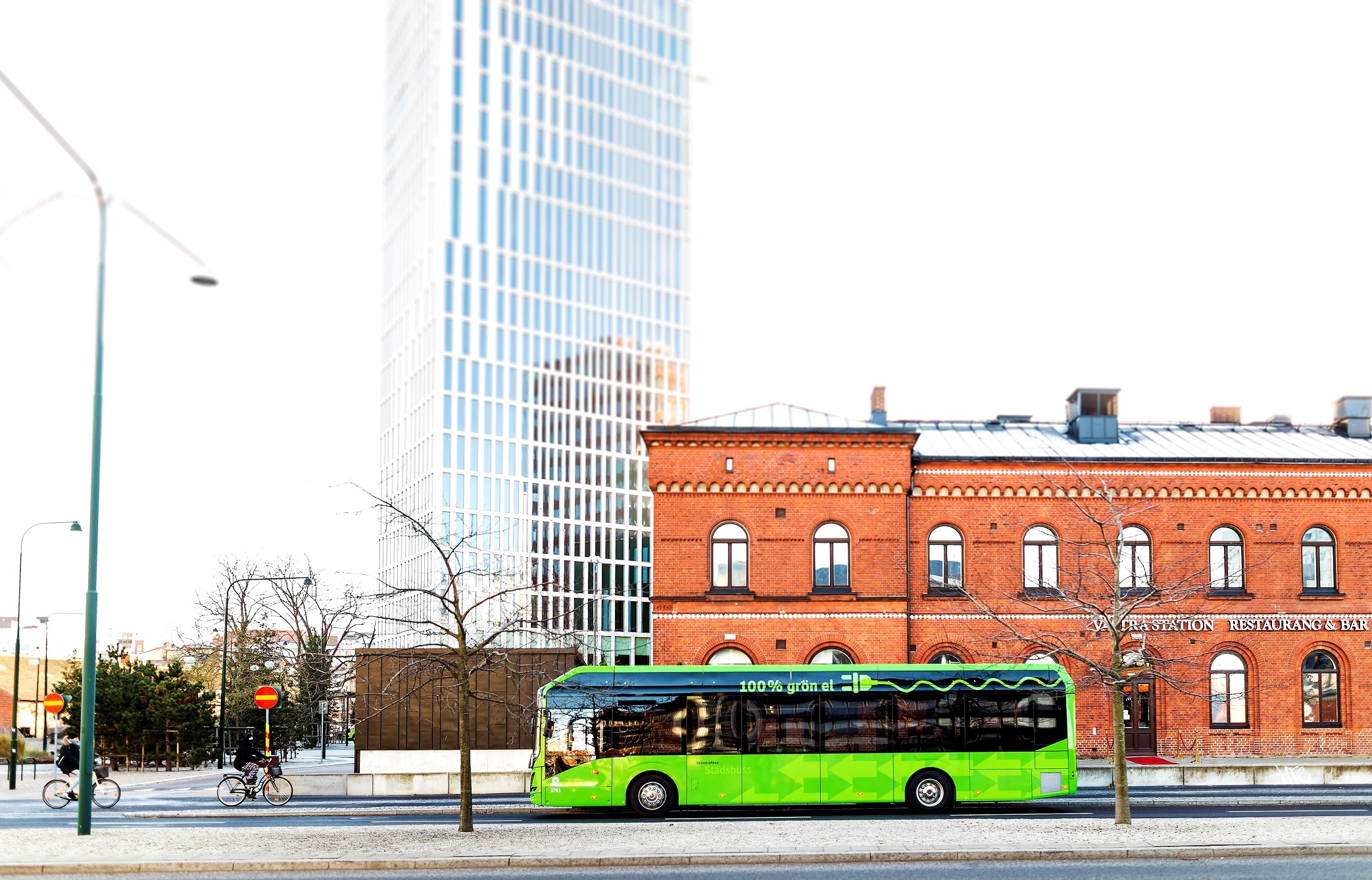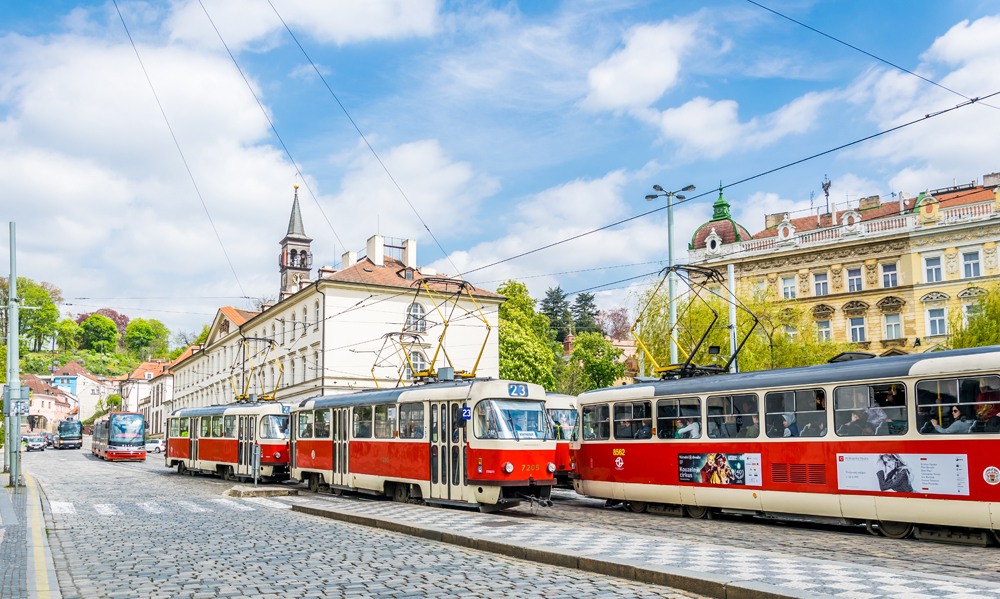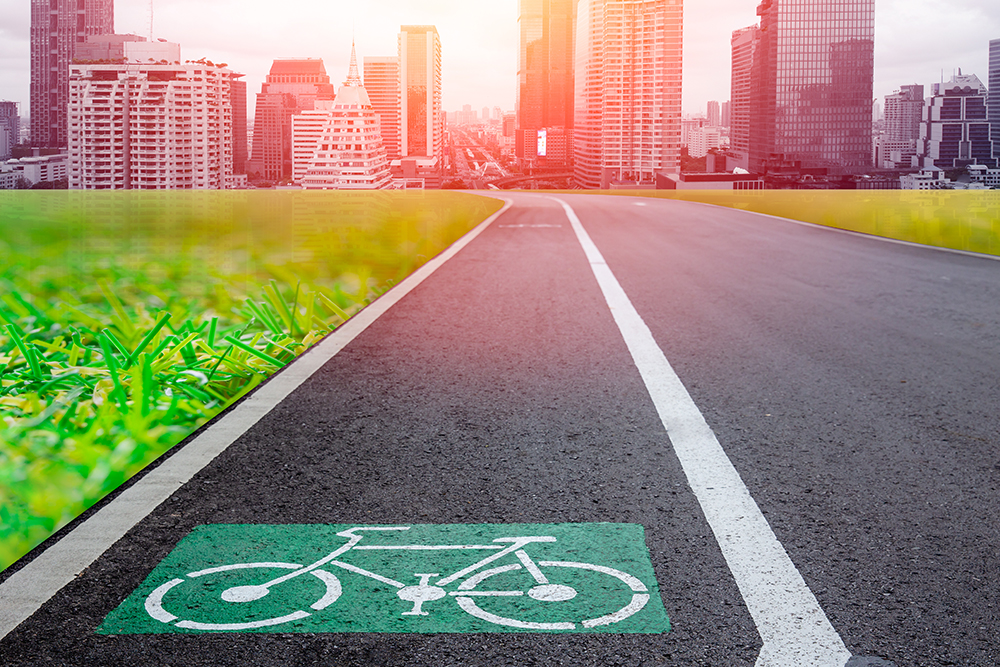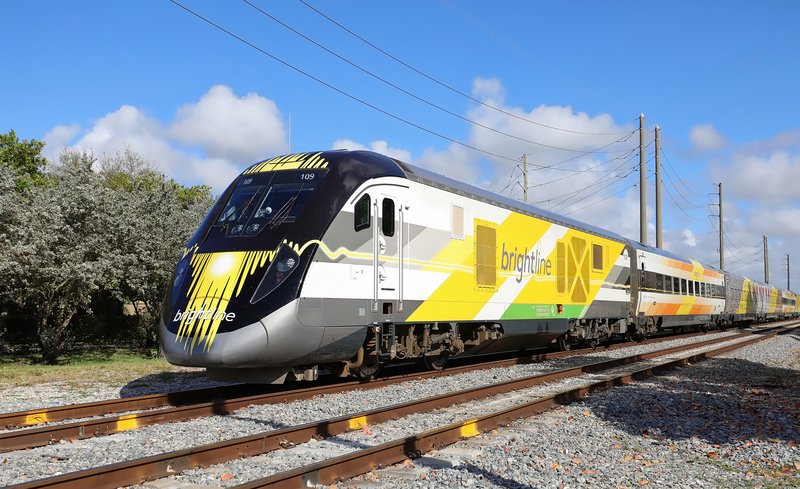
Rail has seen a technological resurgence in the modern age, becoming a sustainable mobility solution that efficiently connects cities. Given rail’s relative level of greenhouse gas (GHG) emissions compared to short-haul flights, rail has been touted as the best current intercity travel method. In an effort to create a paradigm shift in line with the European Union’s commitment to the Green New Deal, as well as a green recovery post-Covid, the European Union has named 2021 the Year of Rail. This initiative puts the continent’s focus squarely on rail, while at the same time putting restrictions on higher GHG-emitting options such as short-haul air travel.
In addition to Europe, other countries have also developed their high-speed networks within the last decade. For instance, Brightline in the US has a route that connects Miami and Orlando and plans to create a line that connects Las Vegas to Los Angeles. These routes compete directly with private vehicle usage and short-haul flights. Asian countries like Japan and China also boast impressive high-speed rail networks in their countries. This global focus on rail heralds a technological shift that promises to change the way we travel in the future.
To bolster the new focus put on rail, several EU countries plan to introduce new legislation catalysing the shift from flight to rail. France plans to ban short-haul flights where a rail option is present. Germany is working with rail operator Deutsche Bahn and the German aviation industry to shift 4.3 million short flights to rail.
In addition to the legislative shifts, there are also a number of drawbacks to short-haul flights. While, say, a flight from Bordeaux to Paris may take only one hour and 30 minutes compared to two hours and 30 minutes by rail, this does not take into account the fact that most rail stations are more readily accessible within cities - as opposed to airports, that tend to be outside of cities, increasing travel time.
Multimodal door-to-door options
Airports also dictate that a traveller arrives approximately one hour before a flight. These factors make air travel significantly more time-consuming and stressful than going by rail.
Another drawback is GHG emissions. A flight from Bordeaux to Paris generates roughly 117kg of GHG, while the same trip taken by rail generates 4.99kg.
While rail in its own right is a viable alternative to short-haul flights, rail in conjunction with Mobility as a Service (MaaS) solutions makes it a true competitor to the use of private vehicles. By adding a multimodal solution to the existing rail offer, true door-to-door route planning can be achieved.
For example, users can discover, route, book and pay for an entire journey that takes them from their door to the rail station, schedules any connections to other stations, then to the final destination. They can be encouraged to make greener mobility choices by providing them with clear emission data, informing them of the relative emission levels of their individual modes of travel, as well as the ability to offset each leg of the journey.
When the offsets are sources from national projects where the travel is taking place, it gives them extra incentives to offset their journeys. Multimodal solutions that include rail also have the ability to cut down on total travel times on some trips while increasing efficiency in every journey.
The growing recognition that we are facing a climate crisis which could dwarf the economic impact and loss of life we have seen from the Covid pandemic could serve as a catalyst, transforming travel in Europe and around the globe.

The political support is there, now there needs to be an added focus to make the rail travel experience more convenient. In this regard, MaaS could serve as the glue that brings it all together as a truly modern and sustainable mobility solution.
ABOUT THE AUTHOR:
Boyd Cohen is CEO of Iomob












